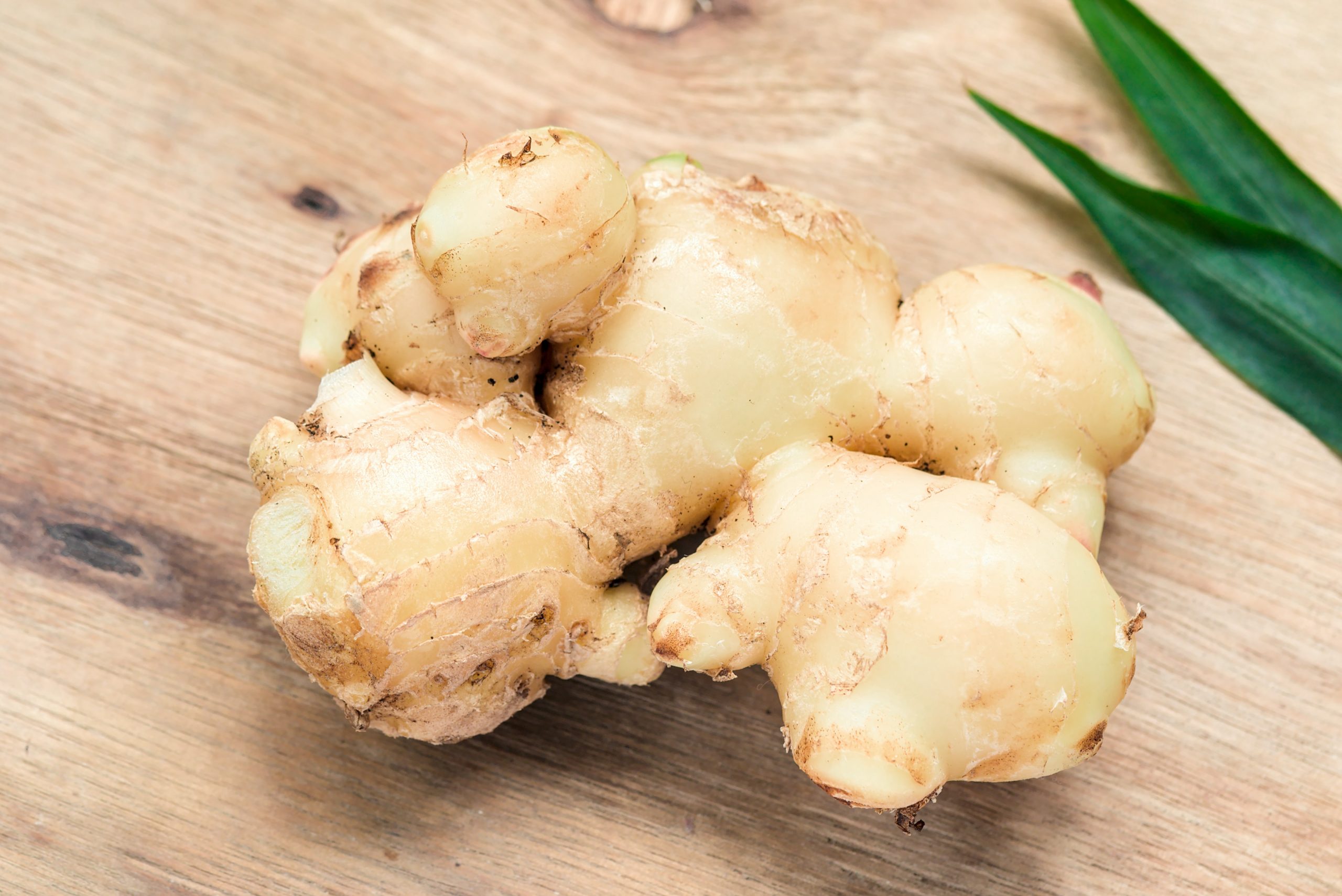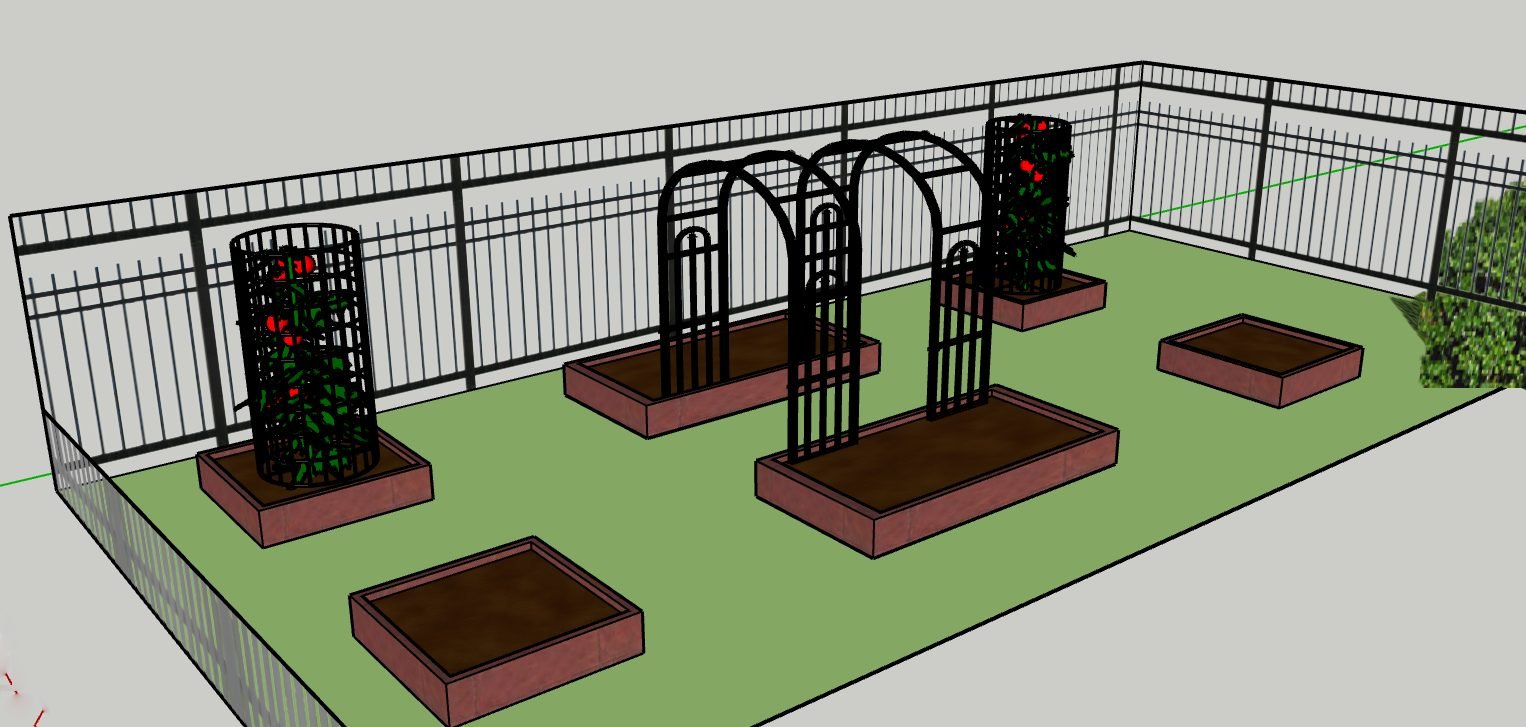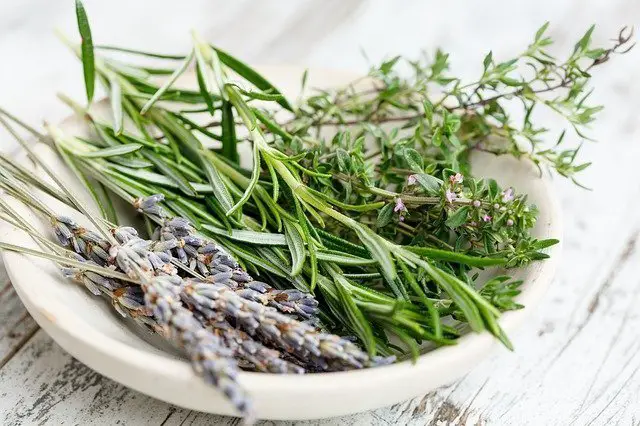What is ginger?
Ginger is a subtropical plant of East Asian origins. It is a cousin of turmeric, cardamom, and galangal, which belong to the Zingiberaceae family. However, there are two types of ginger: ornamental and edible. The ornamental one is grown for its beautiful blooms and foliage, and the edible ginger is grown for its roots (rhizomes). Here are a few easy steps to follow to successfully grow ginger in central Texas.
When is the best time to plant ginger in central Texas?
Ginger thrives in warm and humid climates. Conversely, it rots if the soil is constantly wet and dries out if the humidity is too low. In central Texas, the best time to plant ginger is Spring. Warm temperatures and occasional rain provide an excellent, almost tropical environment to grow.
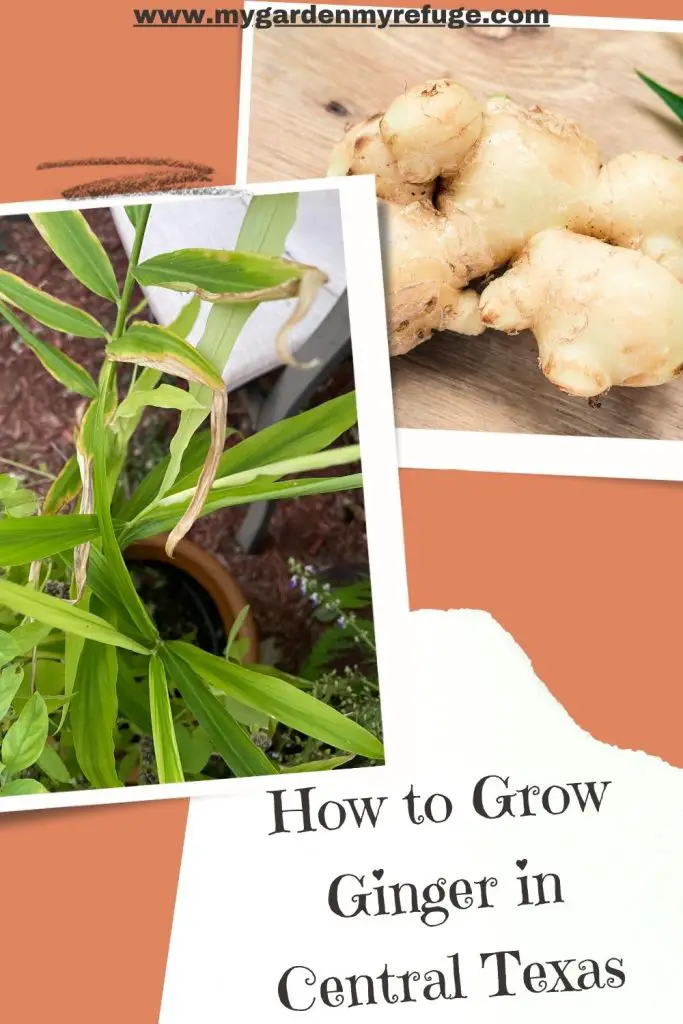
Where should I grow ginger?
Can I grow ginger in the ground?
You can grow ginger in the ground if the native soil is light and well-draining. Central Texas soil varies widely from one area to another, making it hard to decide. Ginger prefers loamy and rich soil that maintains moisture without being soggy.
Another reason for the trickiness of growing ginger in the ground is the occasional harsh winter. Since it is a tropical plant, ginger does not survive temperatures below 50F (10C).
Can I grow ginger in pots?
Growing ginger in pots is ideal in central Texas to avoid dealing with the native soil by using light and well-draining soil suitable for tropical plants. It also ensures a period of dryness in between waterings, which ginger root appreciates.
Can I grow ginger in raised beds?
If you need to grow many ginger roots, raised beds may be a good option. They are big bottomless containers that make controlling soil quality easier.
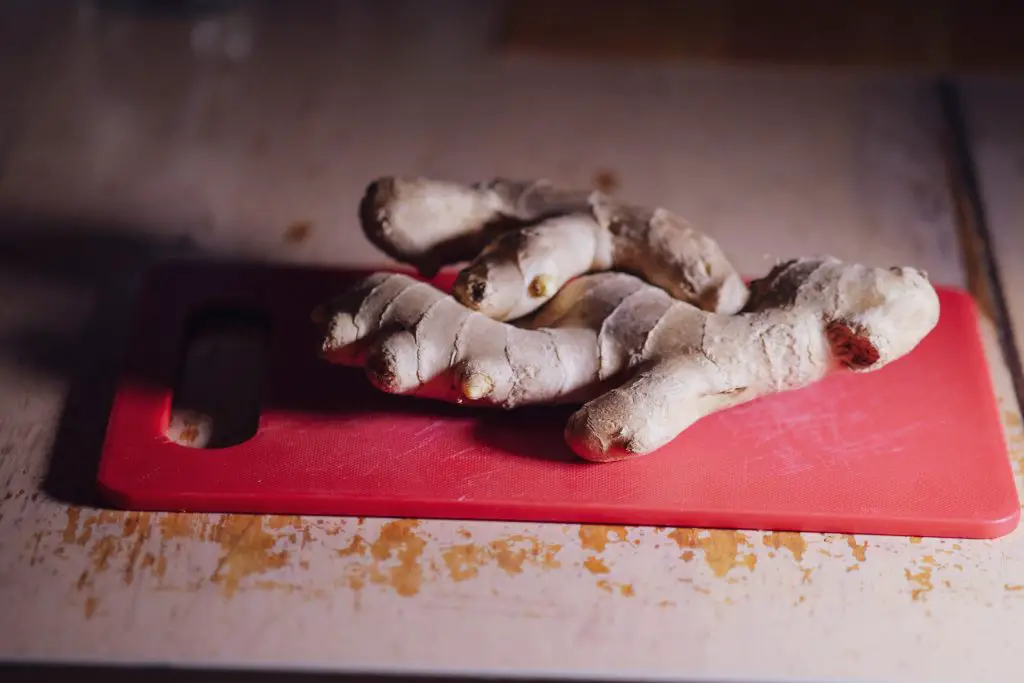
Planting ginger
Can I plant store-bought ginger root?
Yes, you can. Make sure it is fresh and blemish-free. Look for small pale and pointy shoots on the sides ( like shown in the picture). Those are the sprouting buds.
The suitable soil for growing ginger
As mentioned before, ginger thrives in light loamy soil well-draining and rich in organic matter. Use a good-quality potting mix with plenty of added compost.
Pre-sprouting ginger root
Some gardeners suggest pre-sprouting the ginger root in warm water for a day before planting to trigger the buds’ emergence. However, this does not seem necessary if you maintain an even moisture level on the soil after planting.
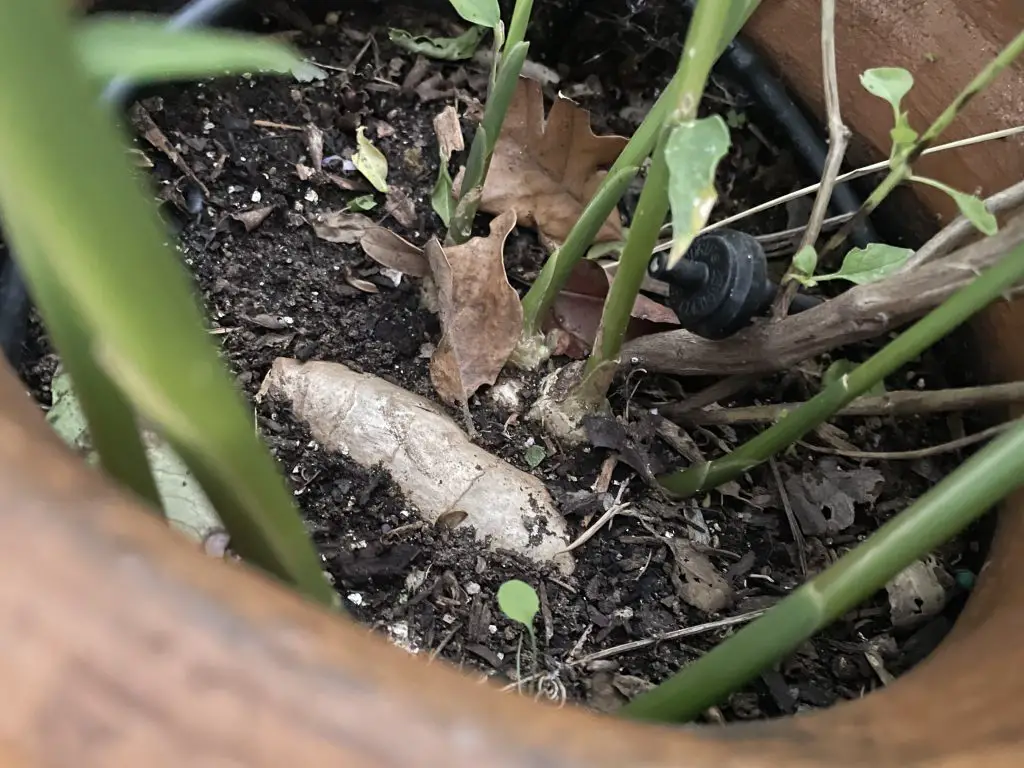
How deep should I plant ginger?
Although we grow ginger for its roots ( stems), it does not like to be buried deep in the soil. So instead, lay the rhizome flat on the surface and cover it with a half-inch soil. If some of it peeks out after watering, that is ok. The sprouts should appear within two weeks or so.
How often should I water my ginger plant?
Water your ginger once a week or when the soil feels dry after inserting your finger an inch deep.
Should I fertilize my ginger plant?
Feed your ginger plant with a low-nitrogen fertilizer for best growth and good root formation for best growth and good root formation. Look for the middle and last numbers to be the highest in the packaging. Apply according to directions once or twice a month.
Harvesting ginger
How long does it take for ginger to be ready for harvest?
Ginger requires a long warm growing time of 8-10 months to reach its mature size. However, you can harvest from the root whenever you wish during the growing time. Lift the plant from the soil, break the amount you need to use, and then replant the remaining. Water immediately to prevent transplant shock.
How do I know my ginger is ready for harvest?
When the ginger root reaches maturity, the blooms start to fade, the stem and the leaves turn yellow, and then topple down.
How to harvest the ginger root?
To harvest the ginger root, first, lift it from the soil. Next, shake excess dirt and cut off the dead foliage and lateral roots. Then wash it thoroughly before use.
Can I replant the harvested ginger root?
You can restart the process and grow more ginger from your harvested roots. Make sure to follow the steps mentioned previously.
Storing ginger root
Short-term ginger storage
To store fresh ginger, firmly wrap it with plastic wrap, and keep it refrigerated. It can last for two to three weeks.
Long-term ginger storage
For longer-term storage, there are a few options:
- You may cut the ginger root into thin slices, and then dehydrate them.
- Grate or process the fresh ginger into a paste, then store it in a canning jar. ( Use proper canning process)
- Freeze whole ginger roots or grate them and fill an ice cube tray. Once the cubes are frozen, transfer them into a freezer bag.

Ginger’s nutritional value and medicinal properties
Ginger paste and powder are predominant in East Asian and African dishes. Ginger also has medicinal properties such as relieving nausea and indigestion.
Ginger paste also reduces swelling and joint pain. In addition, according to Healthline, Gingerol, the main component of ginger, has anti-inflammatory and antioxidant properties, which help relieve these symptoms.
